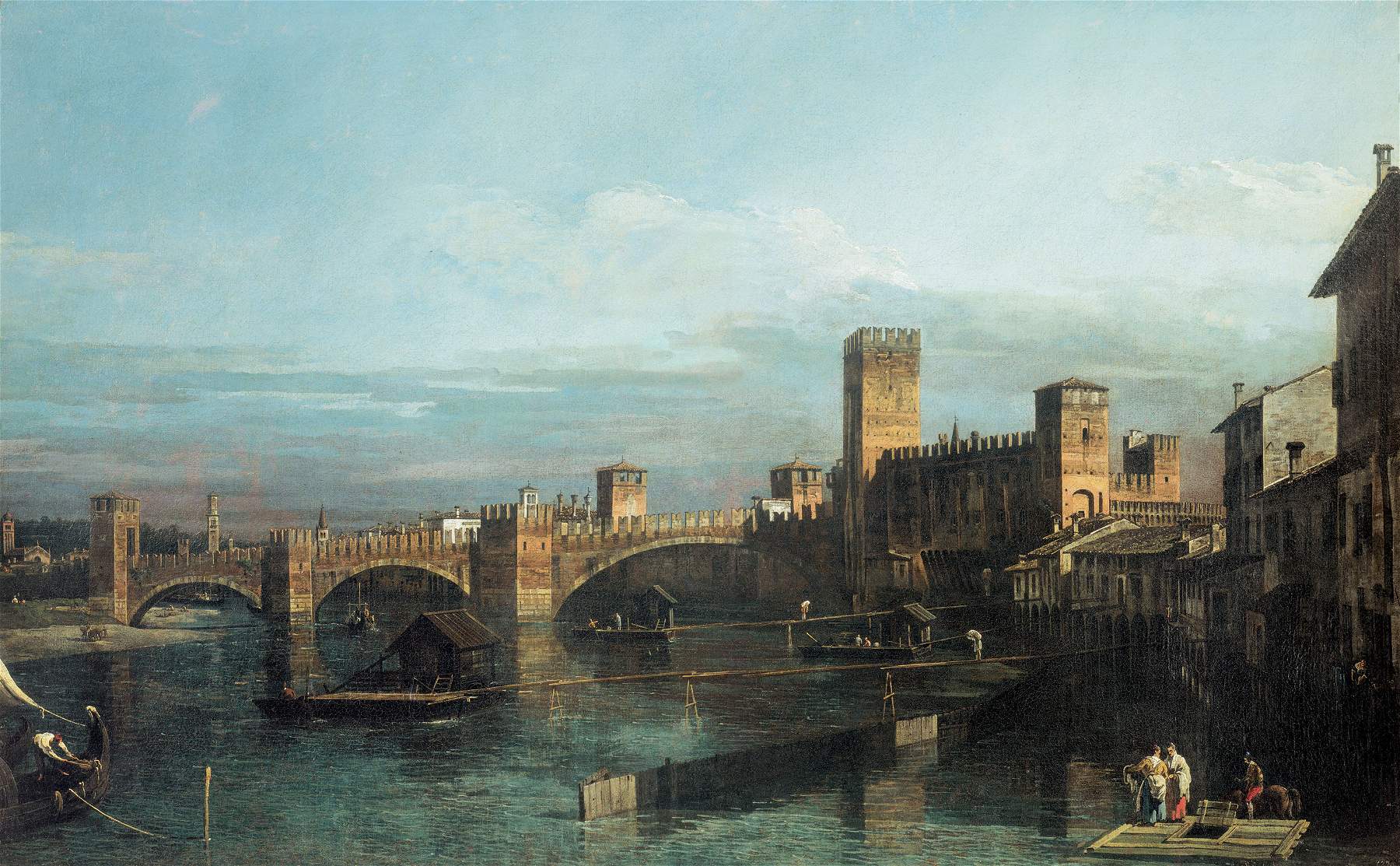If Palladio succeeded in realizing his wonders, it is certainly thanks to his genius but also to the effects of that “economic miracle” that, in the 16th century, brought the terra-ferma Veneto to the top of European technological innovation and productivity. When the Palladio Museum opened in Vicenza ’s Palazzo Barbaran da Porto ten years ago, a mulberry tree was planted in the center of the noble courtyard, and this was to make it clear to visitors that Palladio could not have created villas and palaces that are now the object of universal admiration without the activity of the seteries that were fed by the cocoons woven by caterpillars, which fed on the leaves of the mulberry trees.
Now, from Nov. 12 to March 12, an exhibition for the first time points out how that great entrepreneurial affair is also behind the architectural flourishing of these lands. The exhibition Acqua, Terra, Fuoco. Industrial Architecture in Renaissance Veneto, curated by Deborah Howard of St. John’s College, Cambridge, investigates the extraordinary industrial development that transformed the countryside and hills of the Veneto into the site of highly efficient manufactories that were unparalleled in the world at the time. Here flowed the waters that provided the motive power, here were processed the raw materials that, shaped with fire and the same water were transformed into innovative products in high demand in the markets of the Serenissimaand throughout Europe. What made the difference from similar enterprises on the continent was the ability to innovate, to develop, and patent, new technologies and, at the same time, to focus on widespread commercial networks.
"The exhibition, the result of more than 3 years of research in museums, archives, libraries and in the ’field,’ research funded by the Leverhulme Trust of London(UK), highlights," anticipates CISA Andrea Palladio/Palladio Museum Director Guido Beltramini, “what had remained behind the scenes until now. Through paintings, maps, drawings, objects and ancient models, it makes us discover the architecture of the industrial boom of Renaissance Veneto, that is, the factories of the Northeast five centuries ago. Without the wealth they produced, Andrea Palladio’s villas and palaces could not have taken shape.”
"Thanks to Italian and international loans, paintings by Titian, Francesco Bassano and Bellotto, Renaissance drawings, valuable antique models of patented mechanisms from the Maximilian museum in Augsburg, maps and archival documents, rare books, objects d’usages produced by Venetian Renaissance enterprises, such as the very rare male leather and silk corset from the late 16th century, known as ’cuoietto,’ and equally art objects such as precious liturgical crosses with silver from the mines of Schio and swords forged in Belluno. For the occasion, film-maker Fausto Caliari has made nine films chronicling the state of as many Renaissance ’factories,’ some of which are still in operation today."
"The layout, designed by architect and theater director Andrea Bernard, is conceived to engage the general public in a journey to discover this little-known aspect of European Renaissance culture," Beltramini concludes.
“The exhibition tells about the past, but with an eye to the present and tomorrow,” says Lino Dainese, president of the CISA Andrea Palladio/Palladio Museum. It tells us about the ancient alliance that in Renaissance Veneto linked economy, art and culture: entrepreneurship thrived thanks to innovation, and asked Palladio to give it an architectural face, equally visionary and turned to the future."
“This exhibition,” says Vicenza Mayor Francesco Rucco, "is in continuity with the great project of Vicenza’s candidacy as Italian Capital of Culture 2024 ’Culture is a beautiful invention.’
At the same time, the exhibition aims to draw attention to the precarious state of part of the proto-industrial heritage today, which should instead be protected because it is a founding trait of our identity. The lessons we can learn from it should not be overlooked: the ability to combine development and beauty in harmony with the environment; the advantages, economic but also environmental and creative, of co-working production environments, where the same resources can be reused; the use of inexpensive and locally sourced materials; and the use of clean and renewable energy sources.
The exhibition is produced in synergy with the Veneto Regional Museums Directorate, headed by Daniele Ferrara, as part of the Enhancement Agreement between the Ministry of Culture and the Andrea Palladio International Center for Architectural Studies. It is supported by The Gladys Krieble Delmas Foundation of New York(USA) and as an activity of the Palladio Museum enjoys Art Bonus support from Viacqua SpA.
For all information, you can visit the Palladio Museum’s official website.
Pictured: Bernardo Bellotto, Mulini galleggianti sull’Adige vicino a Castelvecchio e al Ponte Scaligero (c. 1745; Verona, Fondazione Cariverona)
 |
| Vicenza, an exhibition on industrial architecture in Renaissance Veneto at the Palladio Museum |
Warning: the translation into English of the original Italian article was created using automatic tools. We undertake to review all articles, but we do not guarantee the total absence of inaccuracies in the translation due to the program. You can find the original by clicking on the ITA button. If you find any mistake,please contact us.